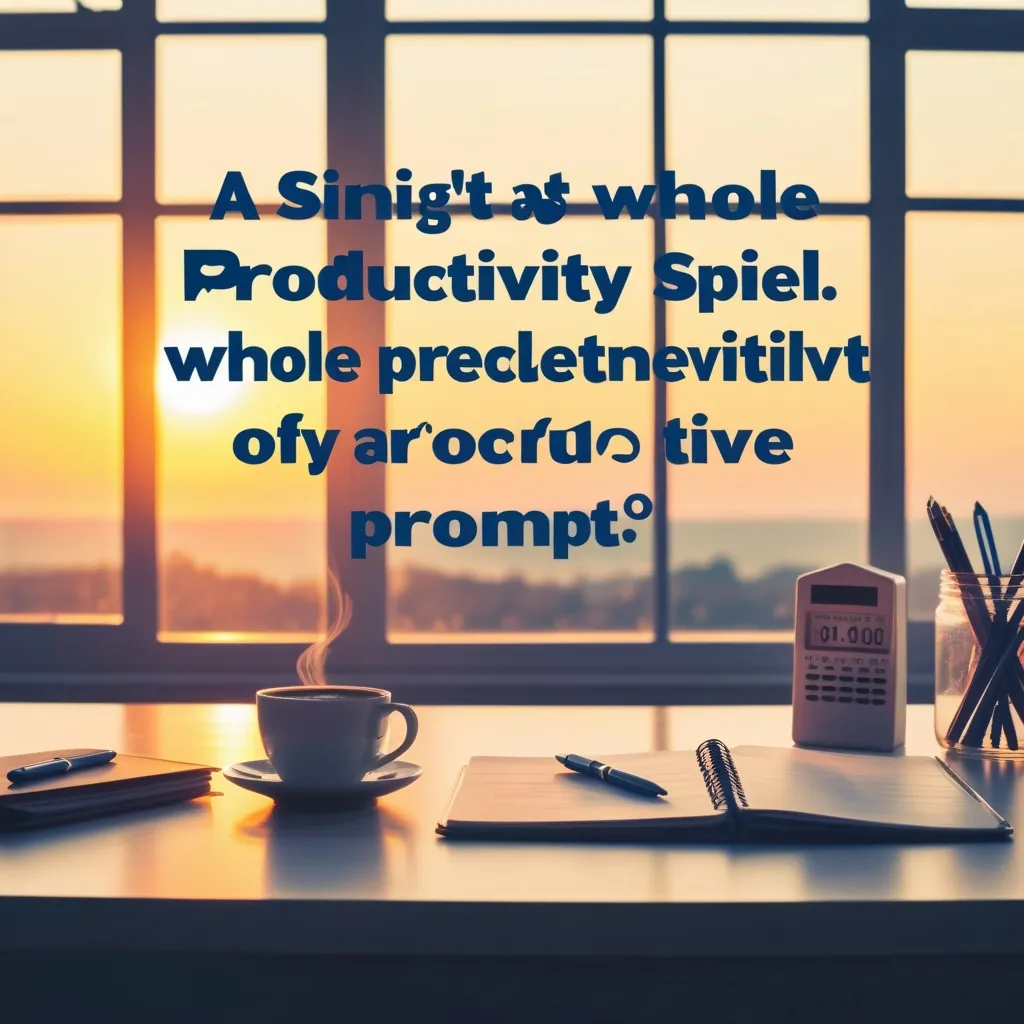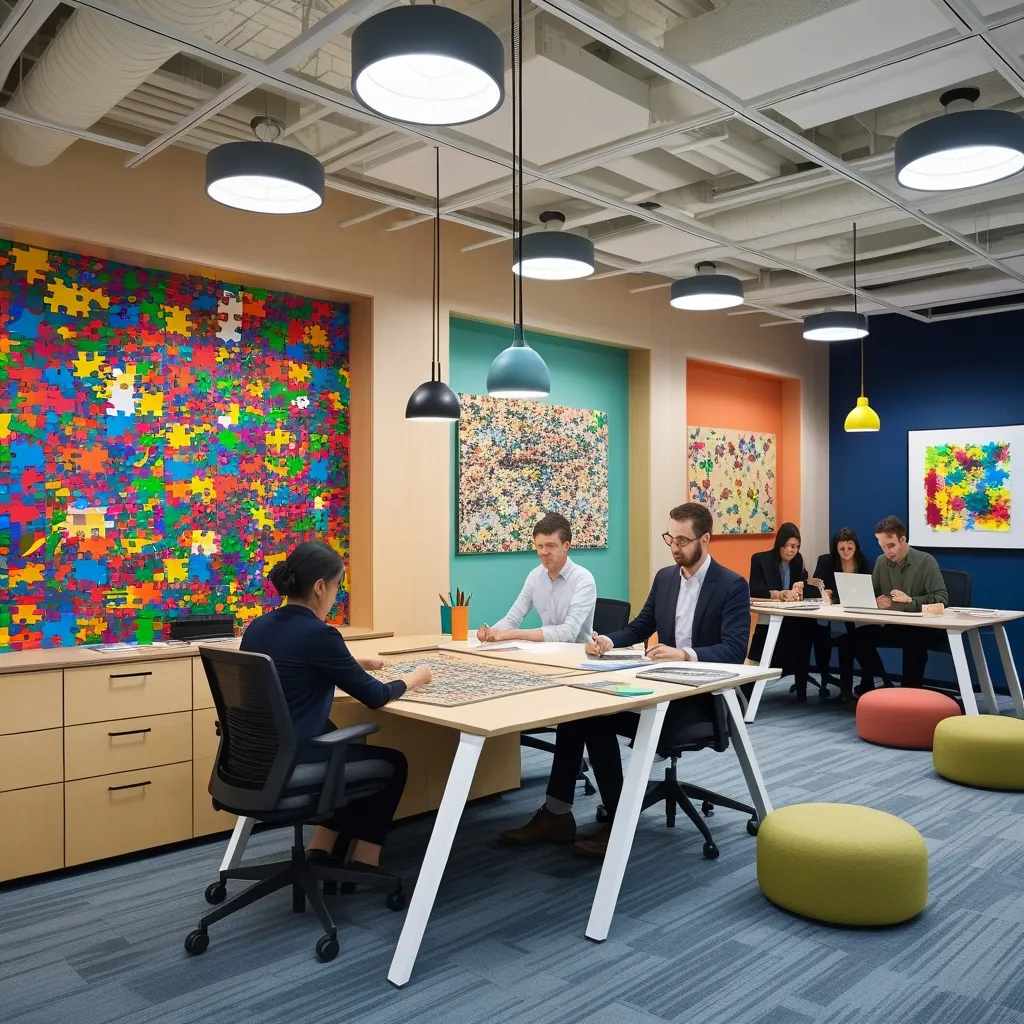Writing emails that get quick responses in the fast-paced world of finance is an art form. It’s all about striking the right balance between being professional and personal, while respecting the recipient’s time and grabbing their attention. So, let’s dive into some killer strategies that’ll have your emails answered faster than you can say “compound interest.”
First things first, know your audience. It’s not just about sending an email to a generic inbox. You’re reaching out to a real person with their own interests, challenges, and goals. Take some time to do a bit of digging. Check out their LinkedIn profile, scroll through their Twitter feed, or even peek at their company website. This little bit of research can go a long way in personalizing your message and making it stand out.
Imagine you’re emailing a financial advisor. Instead of starting with a boring “Dear Sir/Madam,” you could say something like, “Hey Sarah, I loved your recent article on sustainable investing. It got me thinking about some exciting opportunities in that space.” Boom! You’ve just shown that you’re not just another faceless emailer, but someone who’s genuinely interested in their work.
Now, let’s talk about the psychology of your prospect. We’re all human, right? And humans are emotional creatures, even when we’re dealing with cold, hard numbers. Your email should tap into those emotions. If you’re offering a new financial management tool, don’t just list its features. Instead, paint a picture of how it can make their life easier. “Imagine never having to stay late to balance the books again” sounds a lot more appealing than “Our software offers advanced reconciliation features.”
Keep it short and sweet. We’re all drowning in emails, and no one has time to read a novel in their inbox. Get to the point quickly, and use short paragraphs and bullet points to make your email scannable. Think of it like a Twitter post for finance pros - concise, punchy, and easy to digest.
Your sender name matters more than you might think. “John from Financial Solutions” is way more likely to get an open than “[email protected]”. It’s a small thing, but it adds a human touch that can make all the difference.
Now, let’s talk subject lines. This is your first (and sometimes only) chance to grab attention. Keep it short, snappy, and relevant. “Quick question about your portfolio” is intriguing and personal. “Financial services inquiry” is a one-way ticket to the trash folder.
Once they’ve opened your email, you’ve got about 11 seconds to hook them. That’s not much time, so make it count. Start with something relevant to them, not with a long-winded introduction about yourself. “I saw your recent post about the challenges of portfolio management and thought our new tool could be exactly what you need” is a great opener. It shows you’ve done your homework and you’re offering something of value.
Don’t be afraid to add a human touch. Even the most serious finance pros appreciate a bit of humor now and then. A light-hearted joke or a personal anecdote can help build a connection. Just keep it professional and relevant.
When it comes to making requests, be ultra-specific. Instead of asking for a vague “review of your proposal,” ask if they can spare 10 minutes for a call next Tuesday. The more specific you are, the easier it is for them to respond quickly.
Remember, time is money in finance. Show that you respect their time by being direct and to the point. If you need feedback on a document, ask for a quick glance and immediate thoughts, not a detailed analysis.
Formatting matters more than you might think. Use numbered bullets, short paragraphs, and clear headings to guide the reader through your message. It’s like creating a roadmap for your email - the easier it is to follow, the more likely they are to reach the destination (aka, hitting reply).
Every email should have a clear purpose and a defined call to action. Before you hit send, ask yourself: “What do I want the recipient to do after reading this?” Make sure that’s crystal clear in your message.
Personalization goes beyond just using someone’s name. Think about what motivates them. Are they driven by achievements? Highlight how your product can help them reach their goals. Do they love learning? Emphasize the new insights they’ll gain.
Don’t be afraid to test different approaches. Try out different subject lines, sender names, or email content and see what gets the best response. It’s like A/B testing for your inbox.
When you’re writing, try this trick: write first, edit later. Get all your thoughts down quickly, then go back and polish it up. It’s often more efficient than trying to craft the perfect email from the get-go.
Technology can be your best friend when it comes to email. Use features like “Schedule Send” to give yourself a buffer for last-minute edits. And make it a habit to clear out your drafts folder daily. Those half-finished emails aren’t doing anyone any good sitting there.
With more and more people checking email on their phones, make sure your messages are mobile-friendly. Keep subject lines short and content concise. No one wants to scroll through pages of text on a tiny screen.
In the end, writing emails that get quick responses is all about understanding your audience, being clear and concise, and respecting the recipient’s time. It’s about finding that sweet spot between professional and personal, between informative and intriguing.
Think of each email as a mini-pitch. You’re not just sending information; you’re selling an idea, a product, or even just the idea of responding to you. Every word should count, every sentence should add value.
Remember, the person on the other end of that email is probably just as busy as you are. They’re dealing with market fluctuations, client demands, and their own overflowing inbox. Your email needs to stand out, to be worth their time.
So next time you’re about to fire off an email, take a moment. Put yourself in the recipient’s shoes. Would you respond to this email? Would it make you stop scrolling and hit reply? If not, it might be time for a rewrite.
And hey, don’t get discouraged if you don’t get an immediate response every time. Even the best-crafted emails sometimes get lost in the shuffle. The key is to keep refining your approach, learning from each interaction, and always striving to add value.
In the world of finance, time is money. But with these strategies, your emails can be the currency that gets things done. So go ahead, hit that compose button, and start writing emails that get responses faster than a stock market rally.






